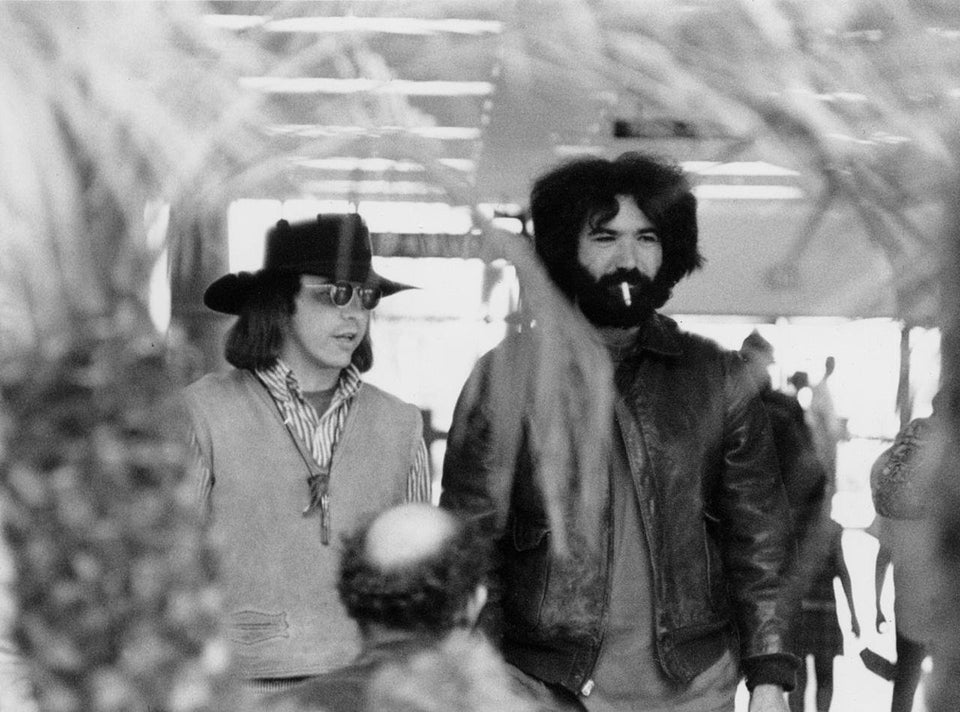
Last week Lyndon Bolton opened up the world of Bear Family Records which left virtually unlimited options for this week’s AUK Chain Gang given their more than extensive roots music catalogue. However, for us music fans of a certain age and persuasion, “Bear” can only lead us to the legendary Augustus Owsley Stanley III, better known as Bear and part of the Grateful Dead Family and a member of the hippie aristocracy of San Francisco’s Haight-Ashbury in the ‘60s. He met up with the Grateful Dead via Ken Kesey’s legendary Acid Tests and became their soundman until the mid-70s. He designed their legendary Wall Of Sound public address system, and possibly even more importantly, he also made the first draft of their iconic skull and lightning logo. His other claim to fame is that in 1965 he became the first private citizen to manufacture large quantities of LSD, claiming to have produced more than 5 million doses between 1965-67. He left the Grateful Dead organisation in the ‘70s moving to Australia in the early ‘80s due to his belief that the Northern Hemisphere would become uninhabitable due to climate change. He made a living designing and making high-end jewelry with customers that included the likes of Keith Richards. He died in 2011 in an Australian motor accident.
As part of his role as soundman to the Grateful Dead, Bear made a number of recordings of live performances in and around San Francisco, and following his death, his family set up the non-profit organisation, The Owsley Stanley Foundation, to release what Bear called his Sonic Journals. On 29th October this year ‘At The Carousel Ballroom April 24, 1968 – Johnny Cash’ will be released as the eighth release in the series. The release has significance on a number of levels. The Carousel Ballroom was a venue operated by Jefferson Airplane and The Grateful Dead which was renamed in late 1968 as The Fillmore West when promoter Bill Graham took over, and as such was at the heart of San Franciscan hippie culture and subsequent legend. 1968 was a pivotal year for Johnny Cash which saw his career revitalised by the success of ‘At Folsom Prison’, consolidated in 1969 by ‘At San Quentin’. What makes the Carousel show special from a historical perspective is that it was recorded just before the release of that ground-breaking album and sheds more light on a particularly productive time for Johnny Cash. The concert was recorded in a verité style by Bear which gives a more realistic sound experience of a Johnny Cash concert of the time than both ‘At Folsom Prison’ and ‘At San Quentin’.

Bear and Jerry Garcia
The recording shows two separate musical traditions overlapping, and neither would be entirely the same again. Increasingly, the hippies realised it was cool to like country music, and the more enlightened country musicians saw a potential new market in these younger music lovers. ‘Cocaine Blues’ is clear evidence that the hippies didn’t invent the drug song. Johnny Cash’s version is based on the western swing song written by T. J. “Red” Arnall who based his song on the traditional ‘Little Sadie’, which was first recorded by Clarence Ashley in 1929. The Memphis Jug Band recorded a version that they labelled ‘Cocaine Habit Blues’ AKA ‘Take A Whiff On Me’ and the pre-Grateful Dead group Mother McCree’s Uptown Jug Champions, which included Jerry Garcia, “Pigpen” and Bobby Weir, included a version in their live set providing a clear continuum of the song between Johnny Cash and the Grateful Dead. The song recounts how a man murders his girlfriend while under the influence of whiskey and cocaine and flees to Mexico and continues to work as a musician to feed his habit, before being captured and sentenced to 99 years. Names and places change depending on the version of the song, and Johnny Cash’s version on ‘At Folsom Prison’ mentions, surprise surprise, the 99 years being served in Folsom Prison, while the Carousel version reverts back to San Quentin which was mentioned in the T. J. “Red” Arnall version. The Dead played a version of Johnny Cash’s 1958 Sun Records track ‘Big River’ over 400 times in concert in a version that had Bobby Weir on lead vocals. This Johnny Cash cover first made its official appearance on the 1976 live album ‘Steal Your Face’ which included the iconic skull and lightning logo on its front cover, further cementing the links between Bear, The Dead and Johnny Cash.


